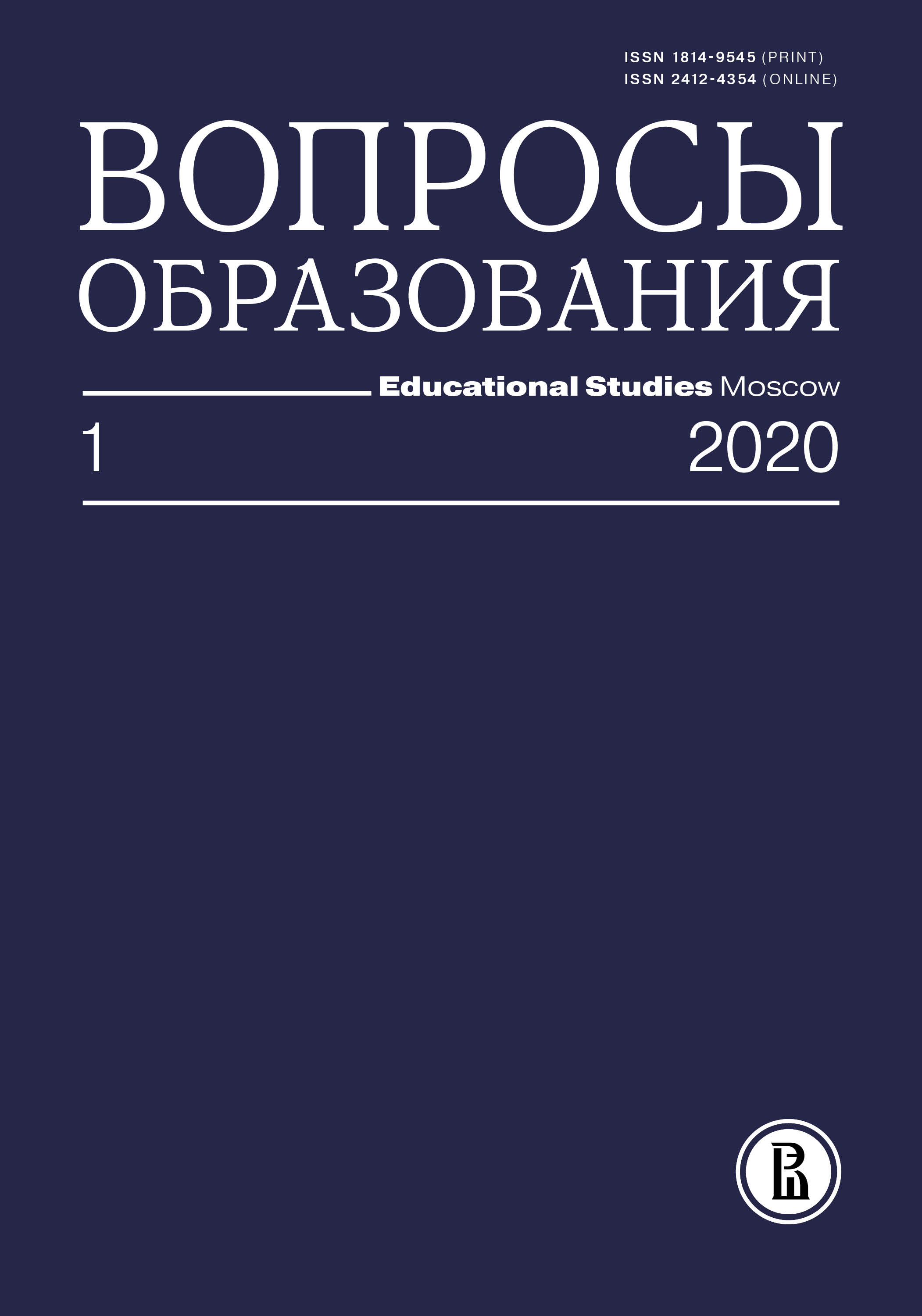Положение на рынке труда выпускников системы высшего и среднего профессионального образования
Аннотация
На основании данных, полученных в ходе опроса выпускников учреждений высшего и среднего профессионального образования 2010–2015 гг., проведенного Росстатом РФ в 2016 г., анализируются характеристики первого трудоустройства и положение на рынке труда раздельно для получивших подготовку в вузах, в системе среднего профессионального образования по программам подготовки специалистов среднего звена и по программам подготовки квалифицированных рабочих и служащих. Показано, что участие в трудовой деятельности еще в процессе обучения (наибольшее у первой и наименьшее у третьей из указанных групп) обеспечивает преимущества при трудоустройстве. Большинство выпускников достаточно быстро нашли первую работу, используя главным образом помощь ближайшего окружения, роль тех или иных организаций в поиске работы выпускниками была очень незначительной. Как результат диспропорций между структурой предложения и структурой спроса на рынке труда автор расценивает тот факт, что около трети выпускников системы высшего образования и около 2/5 выпускников учреждений среднего профессионального образования устраивались на работу, не соответствующую полученной специальности. Профессиональная деятельность более трети выпускников системы высшего образования и более 2/5 выпускников, обучавшихся по программам подготовки специалистов среднего звена, не требовала уровня квалификации, отраженного в полученных ими дипломах. Среди трудоустроившихся выпускников, обучавшихся по программам подготовки квалифицированных рабочих и служащих, 63% стали квалифицированными рабочими, служащими-клерками, работниками торговли и сферы обслуживания, т. е. работали в соответствии с уровнем полученной квалификации. Уровень занятости у выпускников вузов существенно превышает средние показатели по стране, у выпускников системы среднего профессионального образования по программам подготовки специалистов среднего звена и по программам подготовки квалифицированных рабочих и служащих он также выше среднего показателя. Уровень безработицы наименьший у выпускников вузов.








